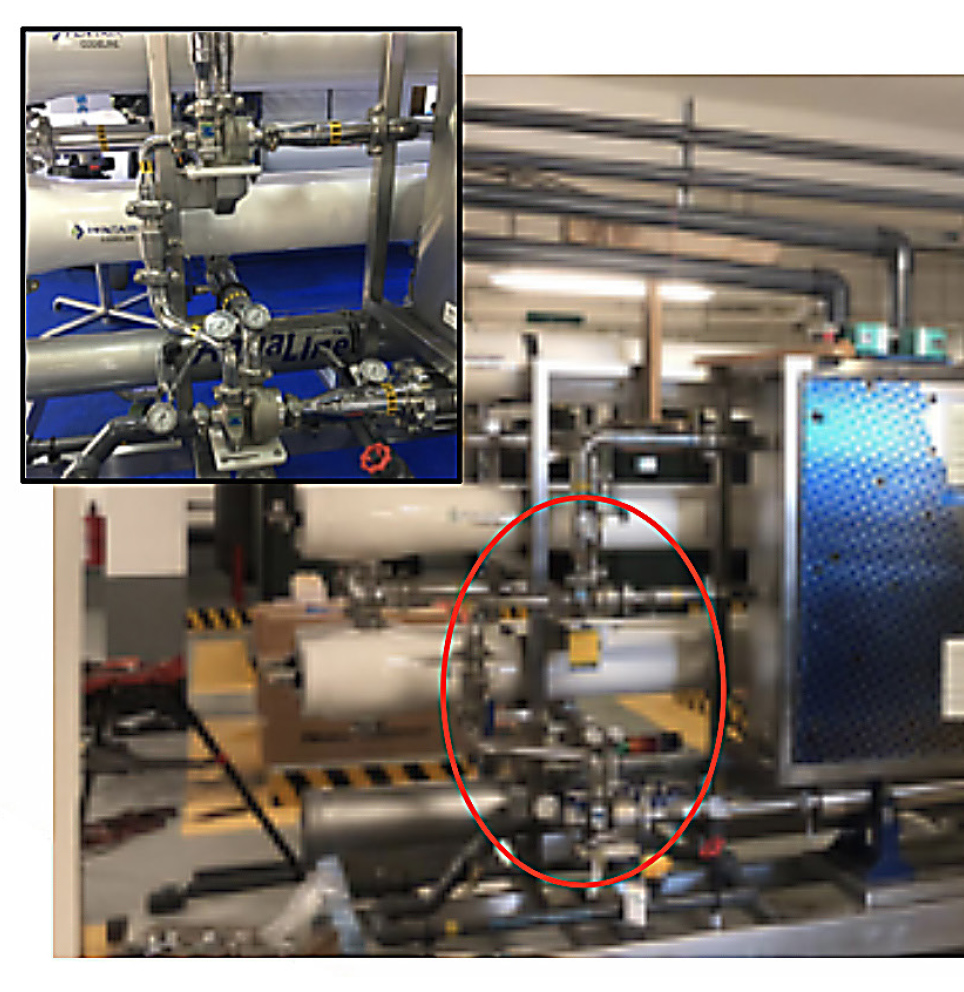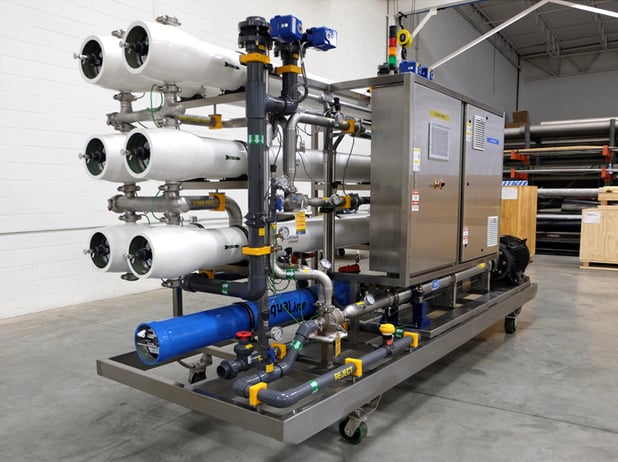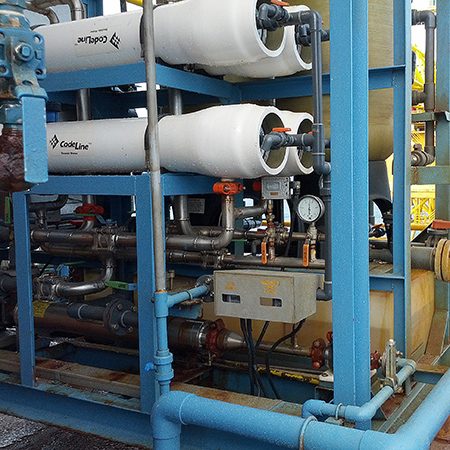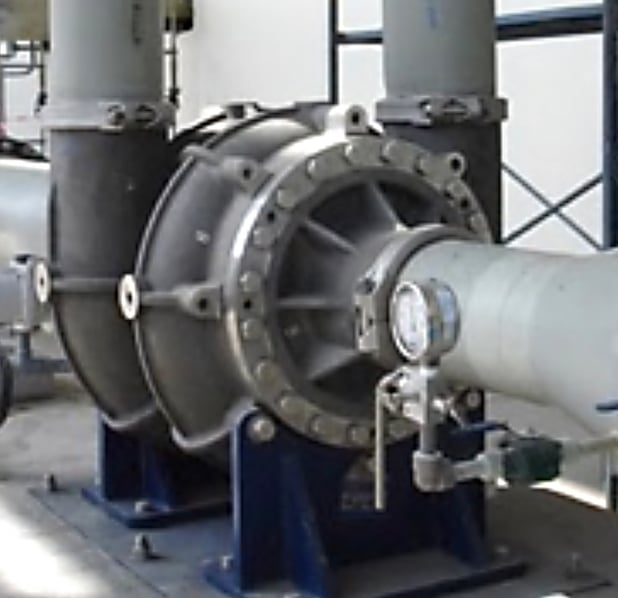
Executive Summary
Seawater reverse osmosis systems (SWRO) are the mainstay of large-scale desalination systems. Plant designs have settled in a more or less standard configuration using a single membrane stage with permeate recoveries ranging from 38% to 45% depending on feed salinity. Yet, is this really the most optimal process design in terms of the cost of permeate?
Energy recovery devices (ERDs) have settled into two types; isobaric chambers for mega scale SWRO and turbochargers for small to medium scale systems (although exceptions are easy enough to find).
This paper will argue that the isobaric chamber now most common in mega scale SWRO has inadvertently resulted in fixating on a process design that is non-optimal. An alternative process design will be described that greatly reduces capital expense (CAPEX) and operating expense (OPEX) using only well-proven components and membrane operating conditions
The new process design is embodied in the Multi Stage Multi Turbo (MSMT) configuration. The MSMT consists of a multistage SWRO array following the same membrane design philosophy used in Brackish Water Reverse Osmosis (BWRO) but with the novelty of utilizing at least two (2) turbochargers with one boosting feed pressure and the second turbocharger boosting interstage pressure. The two turbos allow recoveries of up to 65% with standard membranes and pressure vessels with a 60% recovery representing conservative design.
High recovery allows a substantial reduction in feed volume for a given permeate capacity. Feed and brine intake and outfall structures, pretreatment capacity and related energy consumption, chemical usage and process piping and valves throughout the facility are all reduced. The CAPEX and OPEX saving are significant and readily quantified.
The first MSMT system was placed in service in January 2019 and continues to date to display exceptionally low energy consumption, no fouling or loss of membrane performance and with perfect reliability. Additional MSMTs are in various stages of field deployment.
Related Articles

Introducing the BiTurbo: a Revolution in RO Technology
The next generation of desalination will rely on multi-stage, high recovery reverse osmosis, delivering a lower cost of water and improving membrane performance.

Reverse Osmosis Pumps and ERDs: Making the Right Choice for Offshore Platforms and Marine Service
Executive Summary Reverse Osmosis (RO) systems are widely accepted on offshore platforms and vessels.These marine applications require compact size, good efficiency and low weight and the utmost in reliability as a failure can result in large

ERD Efficiency: What System Builders and Consultants Need to Know
Executive Summary This White Paper addresses the impact of ERDs on the energy consumption of the RO process using an objective and fully transparent criteria. The analysis shows that published ERD efficiency data has virtually no correlation to the
